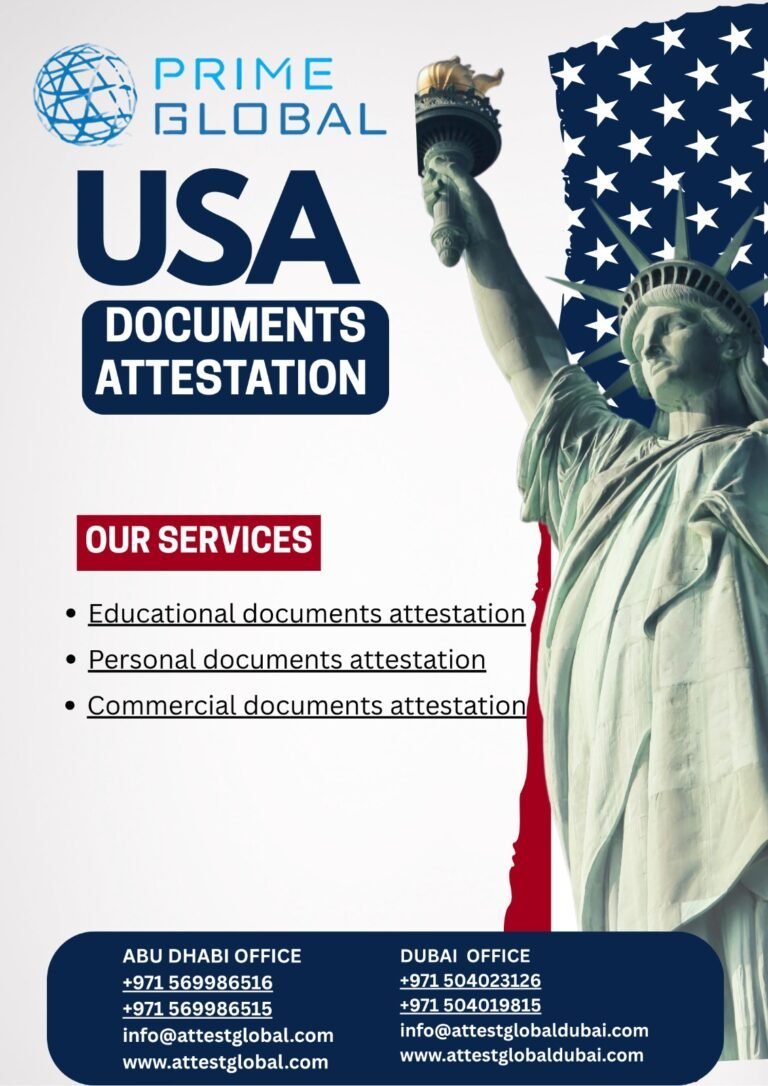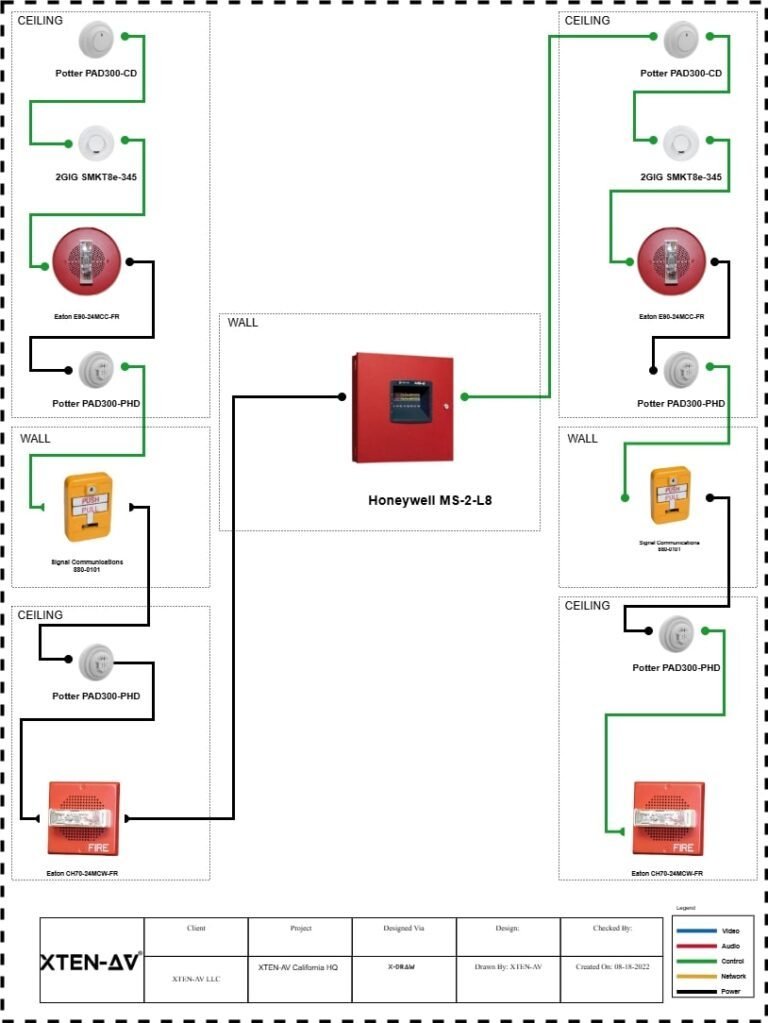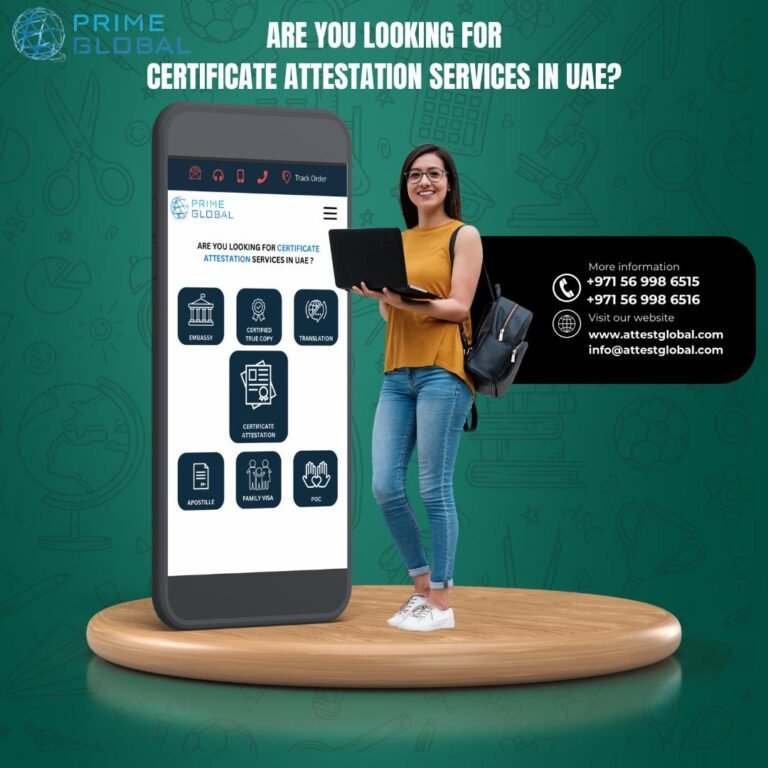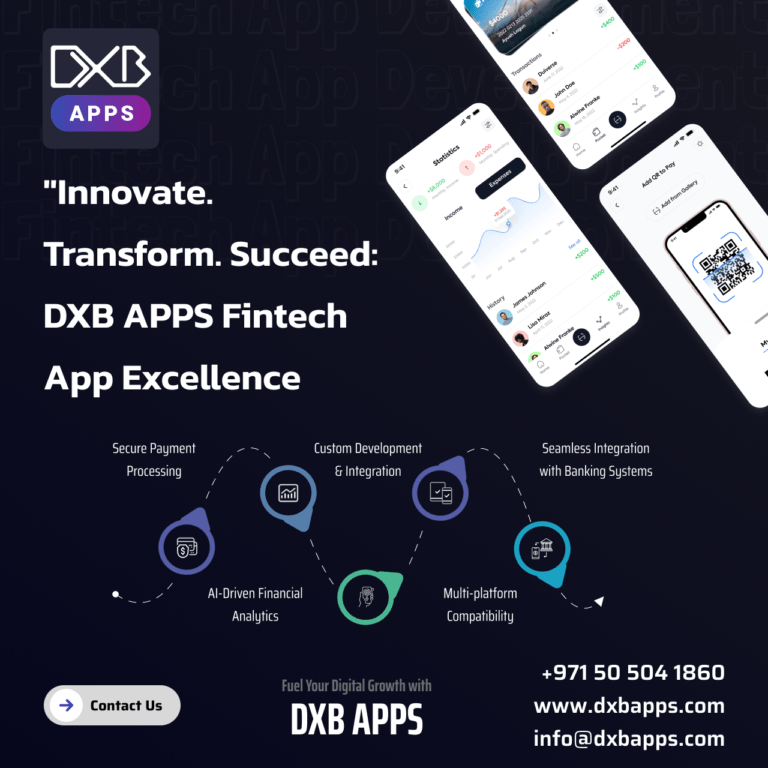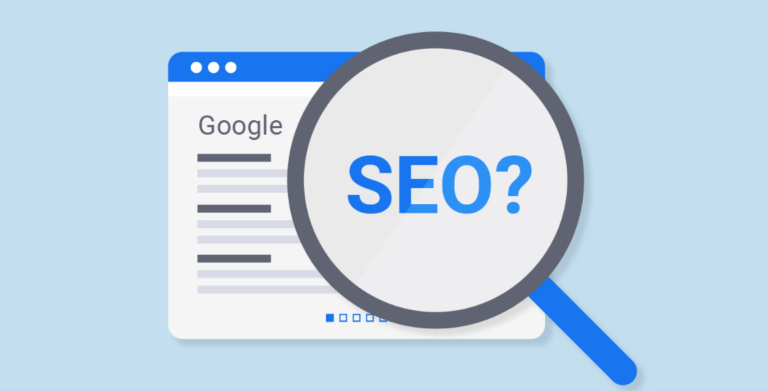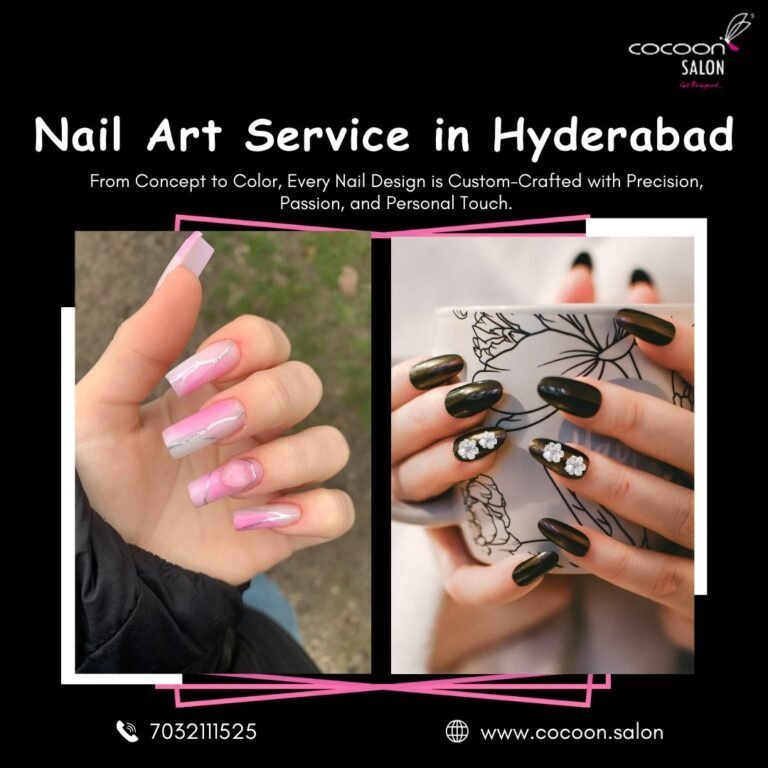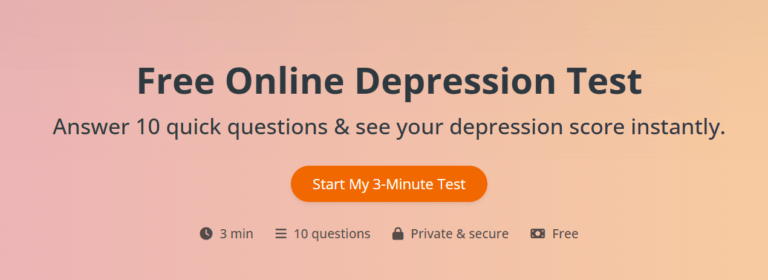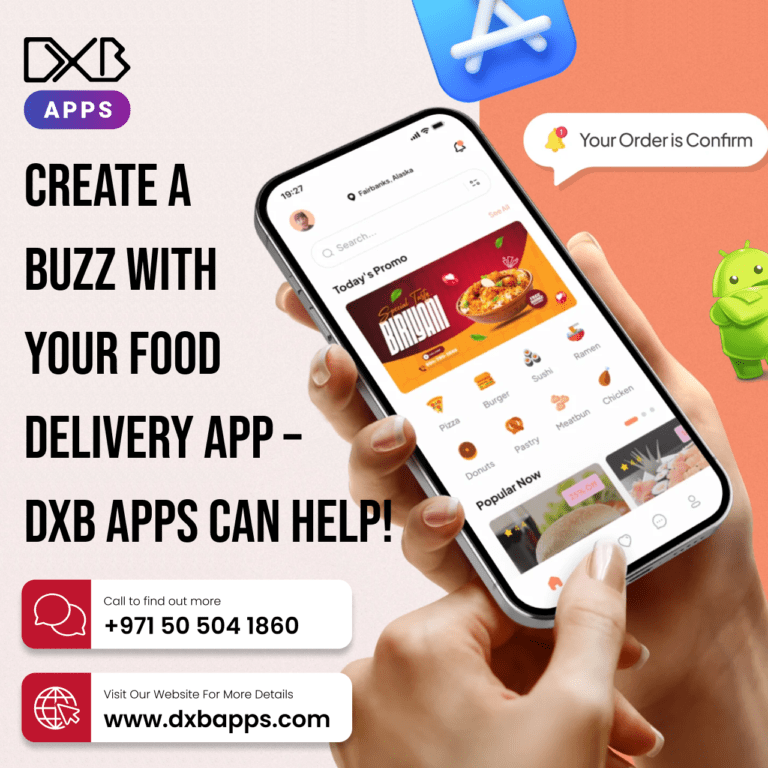B2B buyers now lean hard toward digital self-serve and light human touch. In 2024 to 2025, research shows most buyers prefer rep exploration, yet deals still close faster when digital and human paths blend. Translation for you: volume is out; consent, data quality, and timing are in.
They start with clean, consent-led data
The best Lead Generation Companies in India begin with verified, opt-in records. India’s Digital Personal Data Protection Act requires clear, plain-language consent and even offers buyers the choice to view notices in English or any of 22 Indian languages. That means your outreach must be traceable to lawful consent; anything else is risk.
You might think consent slows you down. Oddly, it speeds you up. Clean lists cut spam filters, lift reply rates, and protect domain health.
They orchestrate omnichannel, not spam
High performers blend email, voice, LinkedIn, chat, and website journeys so buyers can move between channels without friction. Why this matters now: a growing share of B2B buyers are comfortable placing very large orders through self-serve or remote flows. Your job is to meet them where they are, then escalate to humans at the right moment.
Here is the twist. Many buyers say they want fewer sales interactions, yet regret rises when journeys are fully digital. The fix is a hybrid path with relevant human help, not more touches.
They score leads with real buying signals
Sophisticated teams don’t chase clicks; they model intent. Useful inputs include firmographics (sector, size, HQ), technographics (cloud, CRM, security stack), recency and frequency of key behaviors, and roles across an expanding buying group. In complex deals, 10 or more stakeholders can influence the choice, so multi-threading is non-negotiable.
Practical tip for you: weight signals tied to problem awareness and solution fit, not just content downloads. Calibrate scores to cost per qualified opportunity, not cost per lead.
They align with your revenue team
Great providers integrate with your CRM and marketing automation, map stages, and define service-level agreements with sales. Leads are qualified against clear frameworks, but frameworks are only the start. The real unlock is feedback loops: disposition codes flow back within hours, models update weekly, and messaging shifts based on live objections. That is how you avoid the classic quarrel over “lead quality.”
They prove impact with metrics that matter
Replace vanity metrics with pipeline truth. Ask vendors to report in your environment and anchor on these signals:
- MQL to SQL conversion and time to first meeting
- Stage-to-stage conversion and median sales cycle
- Pipeline coverage by segment and win rate trend
- CAC payback and opportunity cost vs. in-house
One more reason to care about relevance: buyers actively avoid suppliers who send off-target outreach. Quality isn’t a nice-to-have; it is the gate to the next conversation.
So, how do you choose with confidence?
Use a consent-first lens. Validate data lineage and language compliance for India. Confirm omnichannel orchestration that respects buyer choice. Inspect lead scoring features, the feedback loop with sales, and the exact metrics reported. If a partner cannot show impact in your CRM, you will end up paying for noise.
Final thought. More leads sound great. Sometimes, fewer, better-matched leads are the shortest path to real revenue. And in today’s market, that is what separates signal from static.



